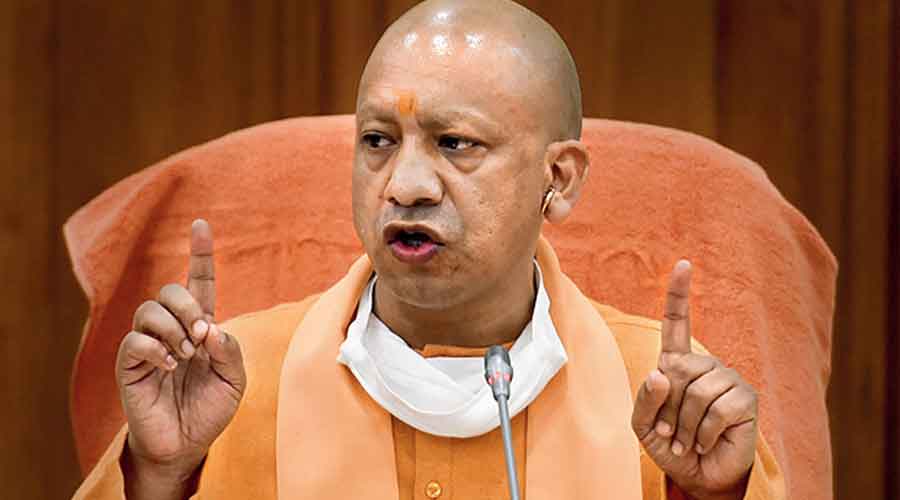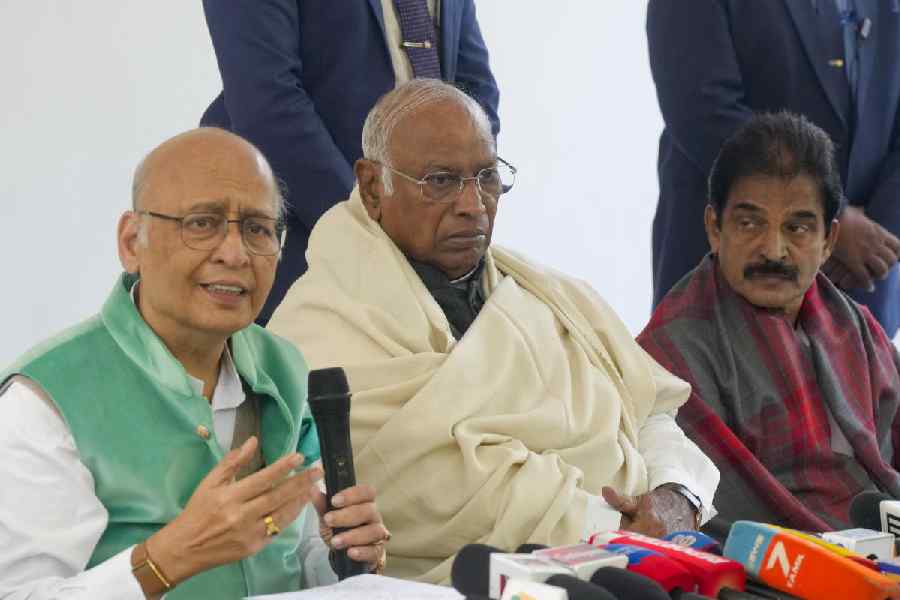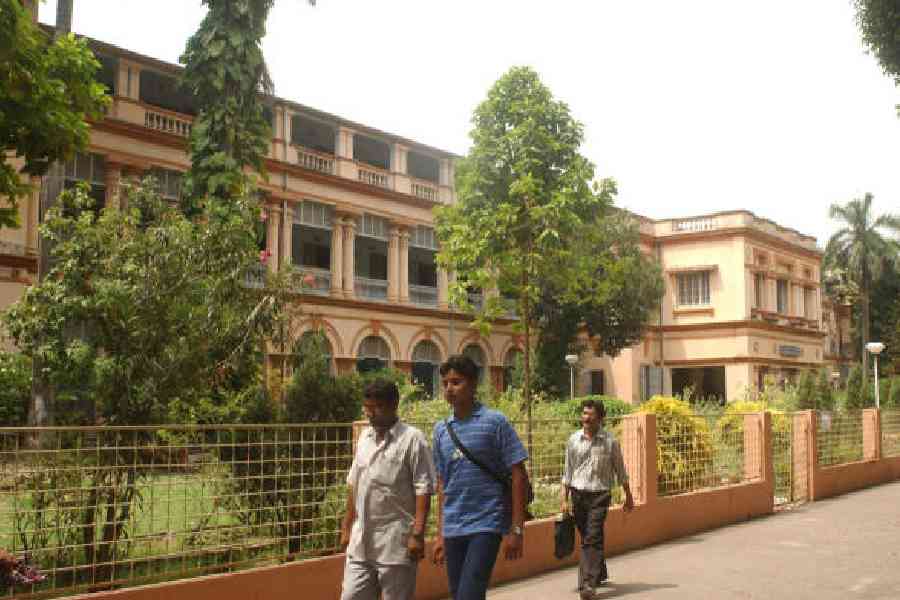The temple has always held an allegorical appeal for Indian politicians. But it must be noted that while the medium — political speeches — may have remained the same, the message is far from uniform. Consider independent India’s first prime minister’s inspiring, lofty rhetoric, identifying dams as India’s new temples. Jawaharlal Nehru’s modern, expansive vision fused the India of old with the new, tradition with modernity, spiritualism with the scientific spirit, through this cherished symbolism. So if the chief minister of Uttar Pradesh, Yogi Adityanath, now has no qualms about thundering that the Ram temple, which is being built in Ayodhya, would be India’s rashtra mandir, it has to be conceded that a great chasm now separates New India with the newly-minted republic that was led by Nehru. Proof of this ever-increasing distance lies in a chief minister who holds office by honouring the Constitution that upholds secularism favouring, unabashedly, the confluence of the proverbial Church and State. The Ram mandir appears to be just a teaser. The renewed targeting of the mosques in Varanasi and Mathura by the sangh parivar and the Bharatiya Janata Party’s unwillingness to rein in such elements two years before the next general elections go to show that polarisation and division would continue to be the principal electoral planks for India’s ruling party. The contest among the BJP’s stalwarts to leave a mark on the Ayodhya edifice — Mr Adityanath spoke after laying the foundation stone for the temple’s sanctum sanctorum — bares inner schisms. Perhaps the chief minister of UP was gently reminding the prime minister that he cannot expect to walk away with all the spoils.
Mr Adityanath also claimed that the grand structure in Ayodhya is a symbol of unity. This is a problematic reading of India’s unity. For it has no place in it for the ideals of secularism, pluralism and brotherhood that India is bound by its Constitution to uphold and protect. The BJP’s political ascendancy has corresponded with the fraying of this compact. The vilification of and violence against minorities, the targeting of their places of worship, repeated interventions in their ways of life and other purges in thought and history bear worrying testimony to the erosion of an inclusive polity. A rashtra mandir for a secular State is rich in irony. But it is an irony relished by Mr Adityanath and his peers.










